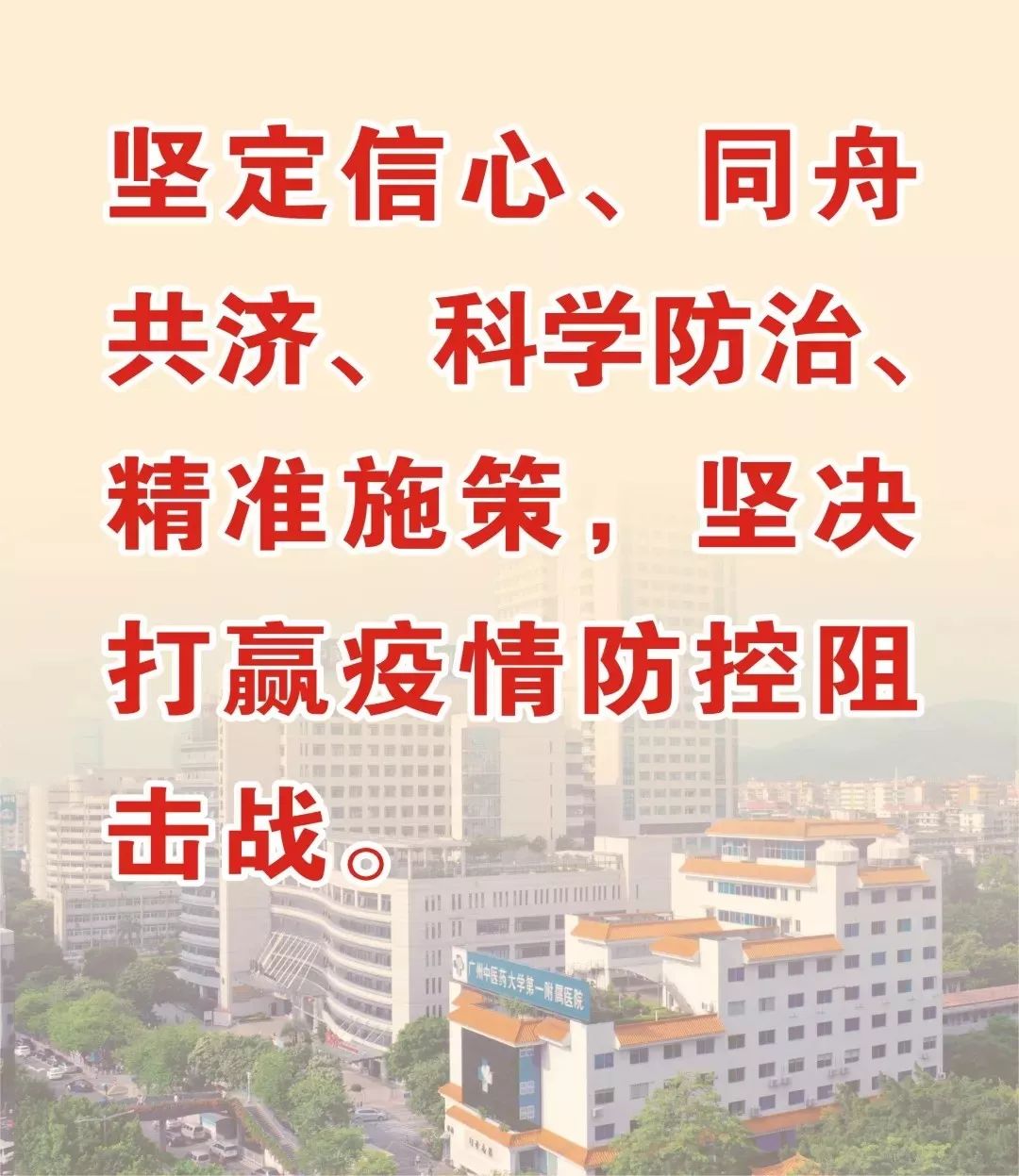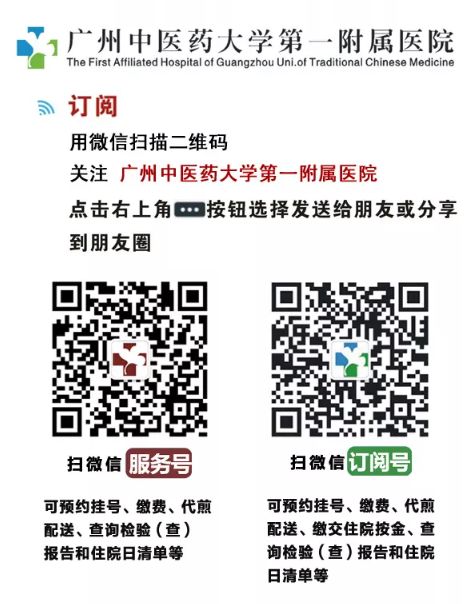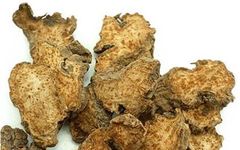
Fighting Epidemics: Cang Zhu (Atractylodes) Has Never Been Absent
Written by: Wang Ziyuan, Chief Pharmacist, Pharmacy Department
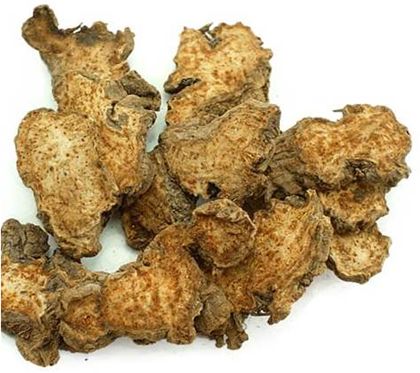
In traditional medicine, “epidemics” refer to severe infectious diseases caused by highly pathogenic microorganisms such as bacteria and viruses. According to the “History of Epidemics in China,” there have been 321 epidemics in China over the past two thousand years since the Western Han Dynasty. The long history of fighting epidemics has accumulated rich experience in TCM treatment. Based on the usage statistics of various Chinese herbs in past epidemic responses, Cang Zhu (Atractylodes) has become one of the stars in combating epidemics due to its high usage rate. Cang Zhu is classified as a warm, aromatic, and drying herb that can dispel evil and avoid filth, preventing epidemics. Ancient medical texts record that it “most effectively drives away foul and turbid qi, hence it is often used in epidemic diseases.”
1
Source, Efficacy, and Modern Pharmacological Research of Cang Zhu
Cang Zhu, also known as Chi Zhu, Xian Zhu, Mao Zhu, Guan Nan Zhu, and Xian Jiang, is best when large and plump, hence the name Da Cang Zhu (Large Atractylodes). The “Pharmacopoeia of China” (2015 edition) includes Cang Zhu as the dried rhizome of the Asteraceae plant, either Atractylodes macrocephala or Atractylodes lancea. Cang Zhu is pungent, aromatic, and warm, entering the spleen and stomach meridians. It can dry dampness and turbidity to strengthen the spleen and stomach, eliminate filth to benefit the spleen qi, and resolve dampness to promote the flow of qi. It is a key herb for treating symptoms such as abdominal distension, nausea, vomiting, diarrhea, fatigue, and a white greasy tongue coating caused by damp obstruction in the middle jiao and spleen dysfunction. The main chemical components of Cang Zhu include volatile oils, such as Atractylon, Atractylodes ketone, and Atractylodes polysaccharide. The Pharmacopoeia stipulates that the content of Atractylon (C13H10O) must not be less than 0.30%, and the roasted Cang Zhu must not be less than 0.20%. Modern pharmacological studies show that Cang Zhu has effects on regulating gastrointestinal function, anti-ulcer, anti-pathogenic microorganisms, anti-inflammatory, and enhancing immunity. When burned, the aromatic components and smoke released from Cang Zhu have a disinfecting effect, which can be used for indoor air disinfection.
2
Application of Cang Zhu in Ancient Epidemic Prevention and Treatment
Cang Zhu has a fragrant taste, can resolve internal dampness and turbidity, and can disperse external wind-damp evil. Its smoke can also achieve air disinfection, making it a highly utilized herb for epidemic prevention. In the 65 formulas for epidemic prevention recorded in “Songfeng’s Discussion on Epidemics,” Cang Zhu was the most frequently used herb among the 116 ingredients. Historical medical texts have documented various methods of using Cang Zhu to avoid foul qi and epidemics, making it a versatile anti-epidemic herb.
1. Internal Administration
The “Xian Zhu Decoction” recorded in the Song Dynasty’s “Taiping Huimin Heji Ju Fang” can “prevent epidemics, eliminate cold dampness, warm the spleen and stomach, and promote appetite.” This formula uses Cang Zhu as the monarch herb, combined with dried ginger, jujube, almonds, and licorice, and is prepared by decoction for internal use.
2. External Treatment
In addition to internal use, there are many folk methods for using Cang Zhu externally to prevent epidemics, such as external application, fumigation, hanging or wearing sachets, bathing, and environmental disinfection.
2.1 Making Epidemic Prevention Sachets In China, there has been a tradition of using sachets for health and epidemic prevention. There is a saying that “wearing a sachet of fragrant herbs protects against the five insect harms.” For example, the epidemic prevention sachet formula from the Qing Dynasty by Wu Shangxian includes: Qiang Huo, Da Huang, Chai Hu, Cang Zhu, Xi Xin, and Wu Yu, each one qian, ground into a fine powder and placed in a red sachet. It can prevent epidemics during seasonal colds.
2.2 Burning or Fumigation The ancients emphasized using Cang Zhu smoke to avoid filth. By burning or fumigating Cang Zhu, one can dispel evil qi and achieve air disinfection. Zhang Zhongjing stated: “All evil qi can be dispelled by burning Chi Zhu with pig hoof nails.” Li Shizhen in the “Compendium of Materia Medica” also recorded the custom of burning Cang Zhu to avoid evil qi during epidemics or at the beginning of the year.
2.3 Medicinal Bathing In the Qing Dynasty, Liu Kui’s “Songfeng’s Discussion on Epidemics, Volume Five, Various Formulas, Epidemic Prevention Formula” recorded: “After the Grain Rain, use equal parts of Chuan Xiong, Cang Zhu, Bai Zhi, and Ling Ling Xiang, decoct in water for bathing three times to release sweat; those who sweat with a foul odor are free from disease.”
2.4 Application or Nasal Inhalation Applying the medicine to the body or inside the nostrils to prevent epidemics, as recorded in “Songfeng’s Discussion on Epidemics”: “Mix fragrant oil with realgar and Cang Zhu powder, apply to the nostrils, and when sneezing, use a paper strip to catch the sneeze” to prevent infection during diagnosis.
3
Application of Cang Zhu in the Prevention and Treatment of COVID-19
COVID-19 falls under the category of TCM “epidemic” diseases, caused by the reception of “epidemic evil” qi. As a star in epidemic prevention, Cang Zhu cannot be absent. Both the “Diagnosis and Treatment Plan for Novel Coronavirus Pneumonia (Trial Version 7)” and the “Traditional Chinese Medicine Diagnosis and Treatment Manual for Novel Coronavirus Pneumonia” recommend the use of Cang Zhu for the prevention and treatment of COVID-19.
1. Internal Administration
For patients under medical observation for COVID-19 with clinical manifestations of fatigue and gastrointestinal discomfort (such as chest fullness, abdominal distension, vomiting, diarrhea, and a white greasy tongue coating), it is recommended to use the TCM formula Huo Xiang Zheng Qi Oral Liquid (water, pills, soft capsules), which contains Cang Zhu. In the clinical treatment phase, Cang Zhu is also included in the recommended prescriptions for all types (mild, moderate, severe) of COVID-19, see Table 1.
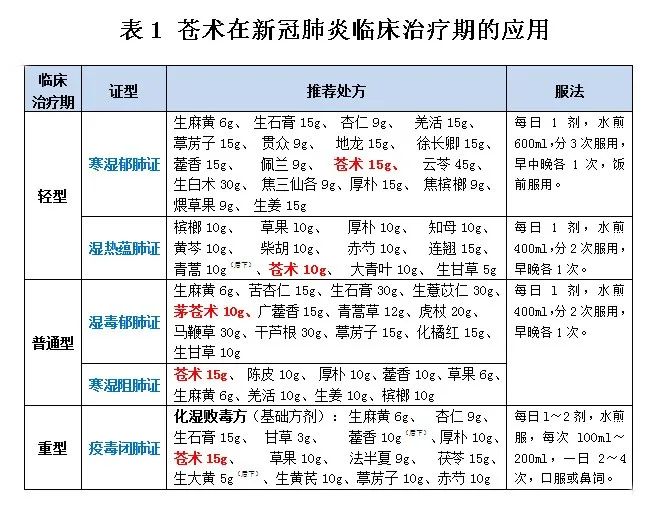 (Click to enlarge)
(Click to enlarge)
2. External Treatment
According to the “Traditional Chinese Medicine Diagnosis and Treatment Manual for Novel Coronavirus Pneumonia,” the recommended external TCM formula for preventing COVID-19 includes: Huo Xiang 20g, Cang Zhu 20g, Shi Chang Pu 15g, Cao Guo 10g, Bai Zhi 12g, Ai Ye 10g, Su Ye 15g, and Guan Zhong 20g. Method: Decoction and indoor fumigation or grinding into powder to make sachets for wearing.
Additionally, one can choose Cang Zhu as a single herb or combine Cang Zhu and Ai Ye in a 1:1 ratio. Soak Cang Zhu in 95% ethanol for 24 hours, drain the alcohol, and use about 1g of Cang Zhu (or 0.5g each of Cang Zhu and Ai Ye) per cubic meter, placing the herbs in a ceramic dish, closing doors and windows, and igniting for fumigation for over 30 minutes, which can also achieve disinfection and sterilization, making it a safe and convenient method for home air disinfection.
4
Precautions for Using Cang Zhu
1. Avoid use in those with yin deficiency and internal heat, or qi deficiency with excessive sweating.
2. TCM sachets can generally be used for half a month to a month; as the fragrance dissipates, the efficacy diminishes, so it is recommended to replace the sachet when the medicinal scent weakens. Pregnant women and those prone to allergies should avoid use.
3. When using external fumigation, keep away from flammable materials and pay attention to fire safety. Close doors and windows during fumigation, and personnel should temporarily avoid the area. Pregnant women and those prone to allergies should avoid use.
(Images sourced from the internet)
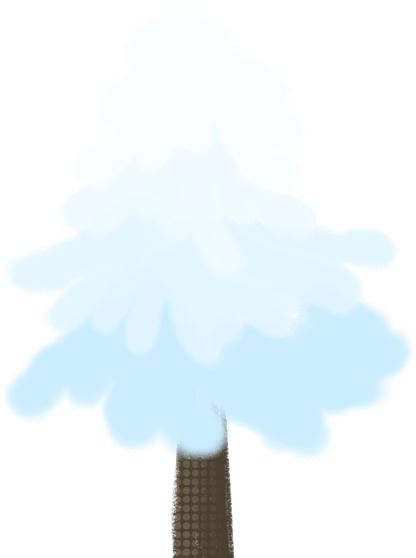
Author’s Biography

Wang Ziyuan, Chief Pharmacist, has been engaged in hospital pharmacy and clinical pharmacy for over twenty years, specializing in the management of drug therapy for rheumatic immune diseases such as rheumatoid arthritis, ankylosing spondylitis, and gout, including medication methods, efficacy evaluation, drug interactions, and dosage adjustments, as well as medication selection and education for special populations (liver and kidney dysfunction, elderly, pregnant women).
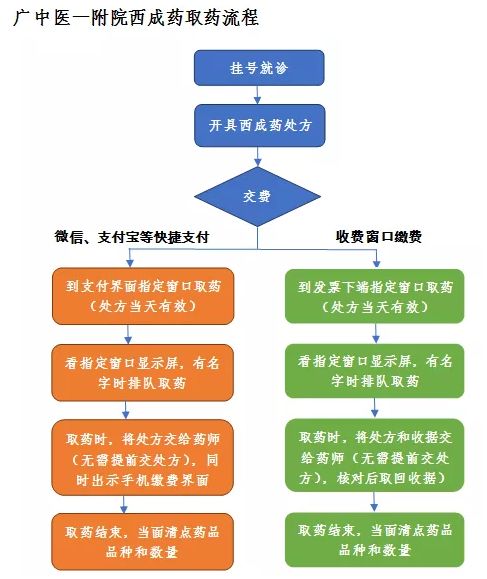
If you find this useful, please click to like↓↓↓


